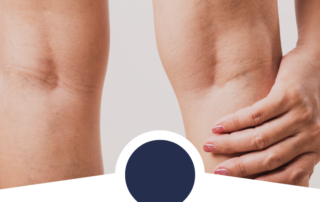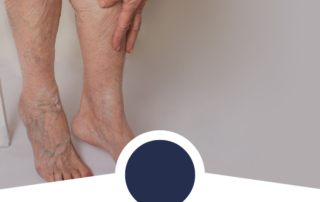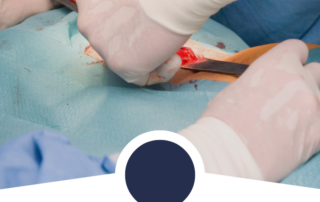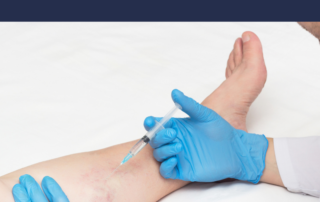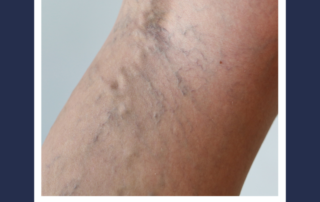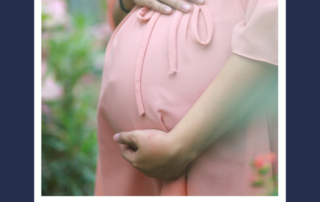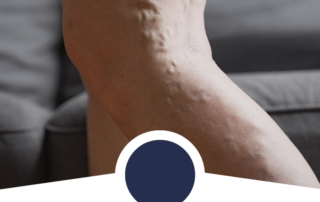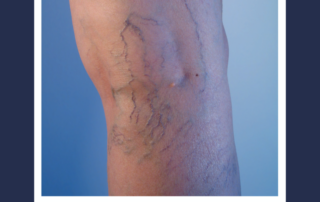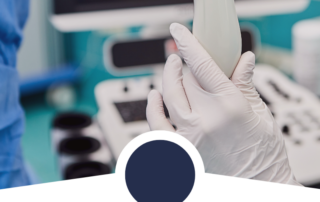Is it Varicose Veins or Spider Veins?
Varicose and spider veins develop gradually and progressively. They are unsightly and are often a source of considerable discomfort. Both varicose and spider can cause symptoms. Symptoms often become worse during the menstrual cycle and pregnancy for women.
The symptoms of varicose veins can include:
- Aching, tenderness
- Heaviness, […]

